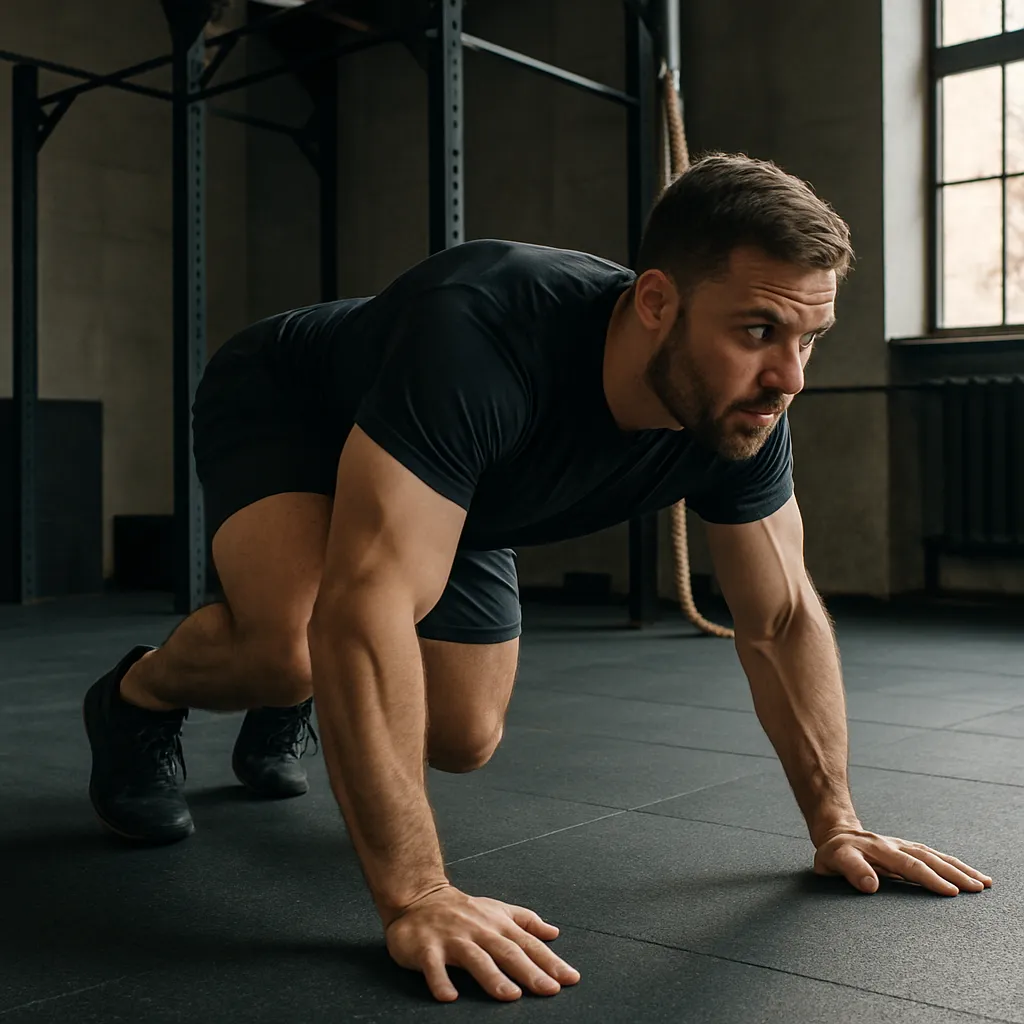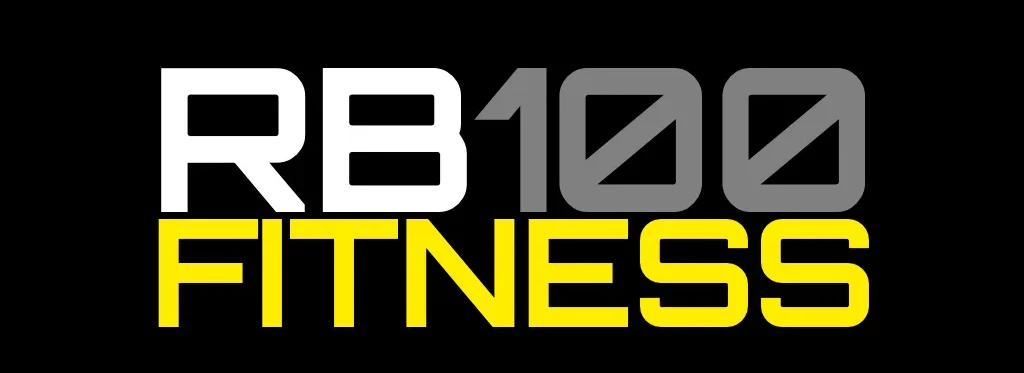Exercise Facts
| Movement Pattern | Crawl |
|---|---|
| Muscle Group | Core, Legs, Shoulders |
| Equipment | Bodyweight |
| Environment | Gym, Home, Outdoor |
| Skill Level | Beginner, Intermediate |
| Series | — |
Overview
The Bear Crawl is a dynamic full-body movement that builds strength, mobility, and coordination. Performed on all fours, it engages shoulders, core, and legs while improving joint stability and endurance. It’s a key exercise in functional conditioning circuits and an excellent warm-up or finisher for RB100-style workouts.
To perform, start on hands and feet with knees hovering a few inches above the floor. Move opposite hand and foot forward together, maintaining a tight core and neutral spine. The movement should be smooth and controlled, not rushed.
Bear crawls develop shoulder and core stability, which translates into better control in push-ups, planks, and presses. They also elevate the heart rate, making them great for cardio conditioning in small spaces.
Common errors include hips swinging, knees too low, or overstriding. Focus on short, precise steps, keeping the back flat and hips level.
Programming can include timed sets (e.g., 4×30s crawls) or distance targets (e.g., 3×20m). RB100 athletes can attempt 100m total crawling for an intense endurance challenge.

Setup (Steps)
Start on hands and toes, knees slightly bent.
Execution (Steps)
Move opposite hand and foot forward together.
Coaching Cues
“Flat back.” “Smooth movement.” “Core tight.”
Common Faults & Fixes
Hips rising → lower slightly. Overstriding → shorten steps.
Programming Ideas
4×20m crawls; 100m for time.
Variations
Backward crawl, lateral crawl.
Regressions
Static bear hold.
Standards & Competition Notes
Hips level, knees close to floor.
Safety Notes
Avoid slippery surfaces; maintain control.

